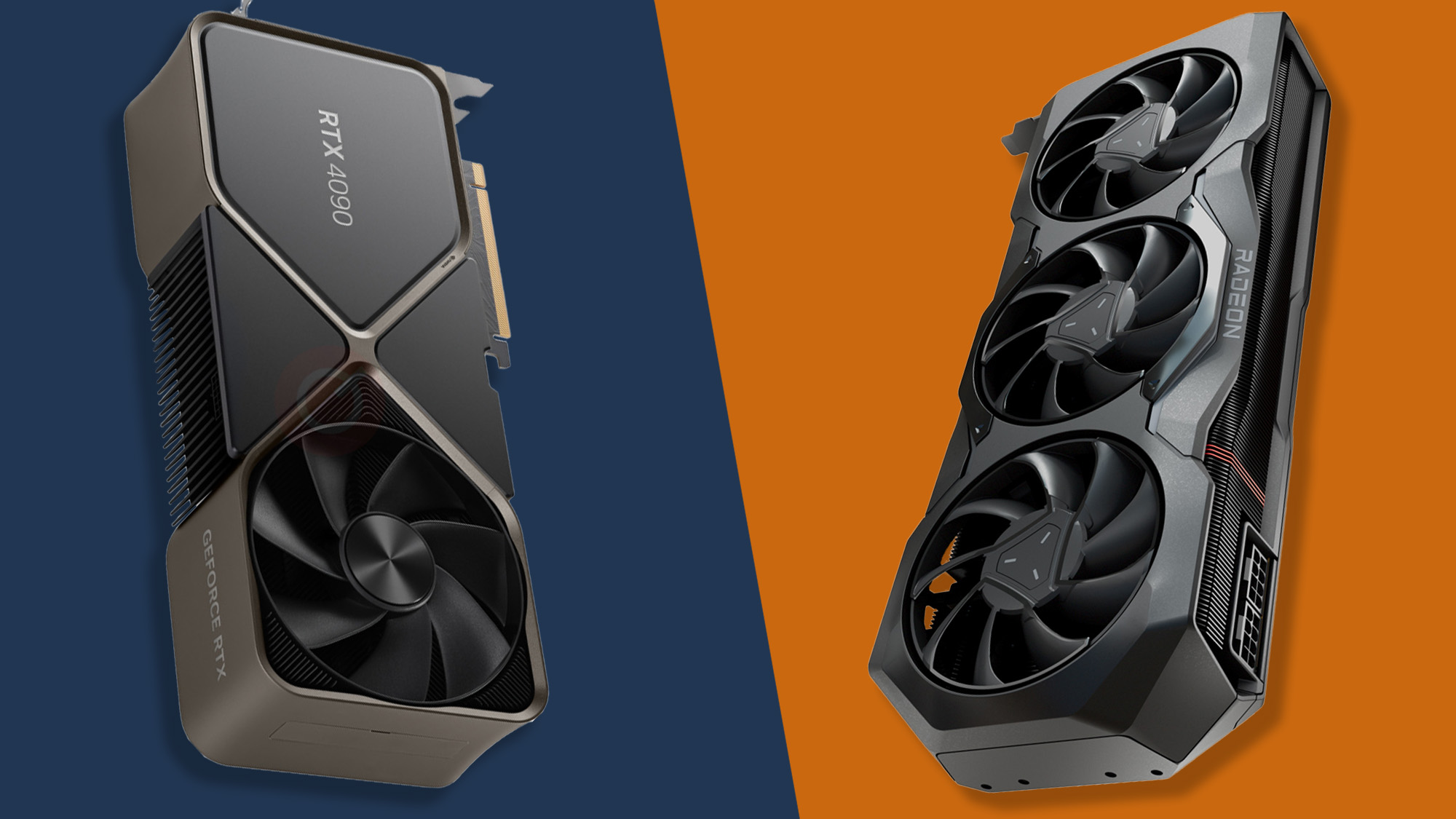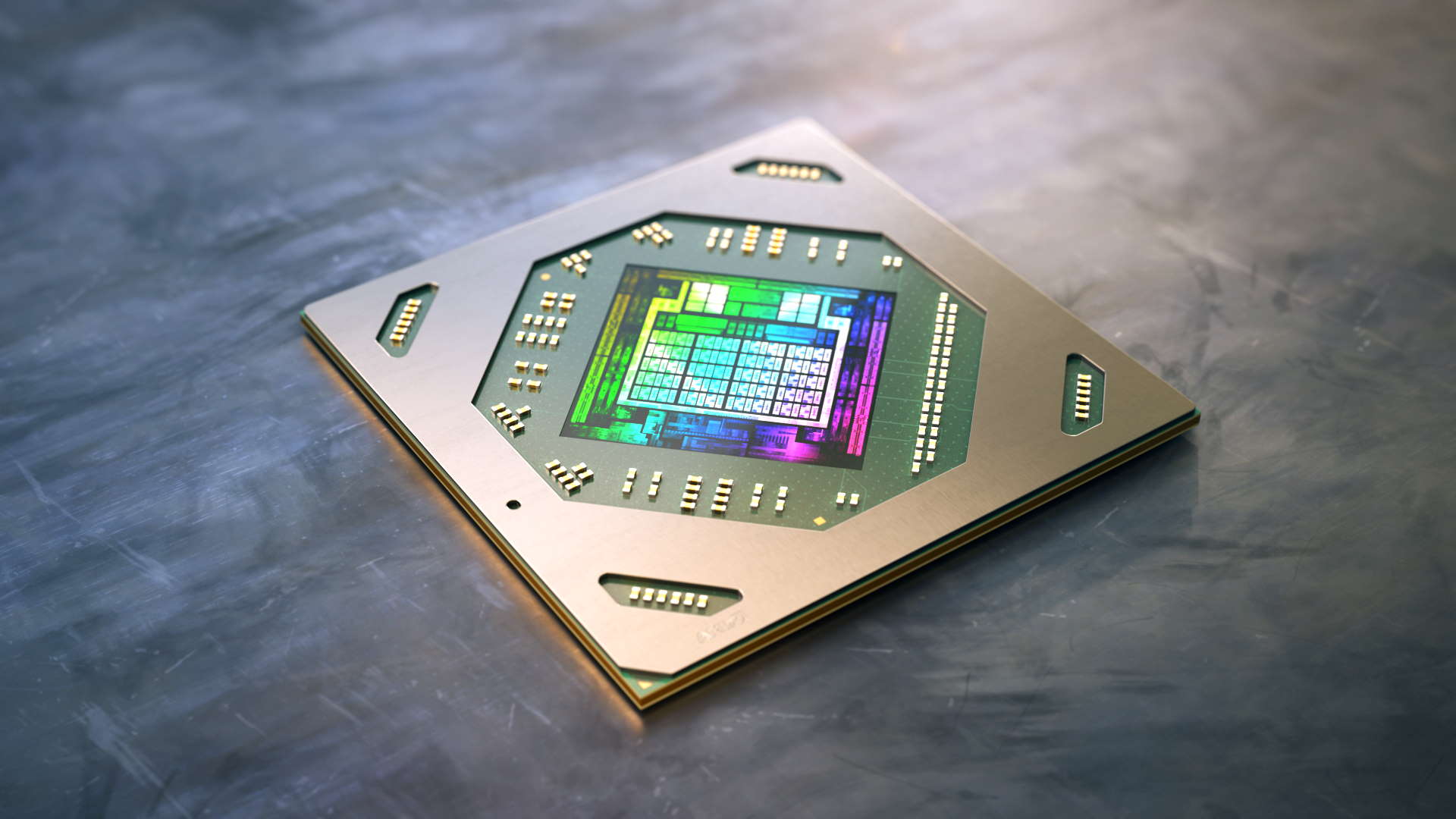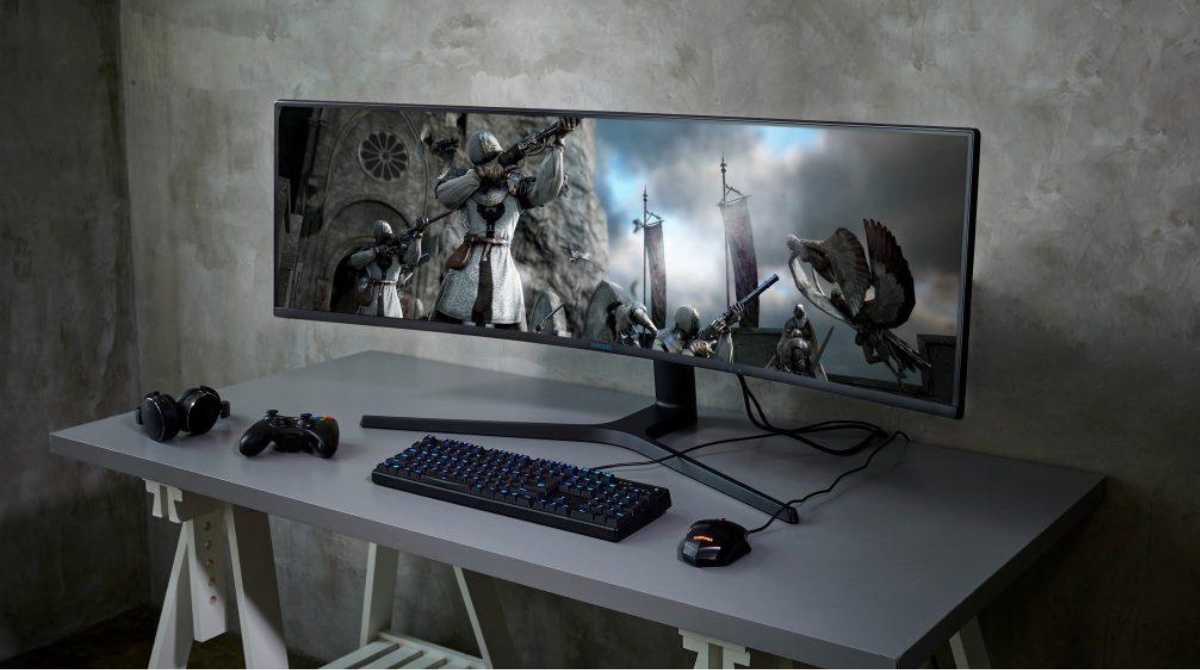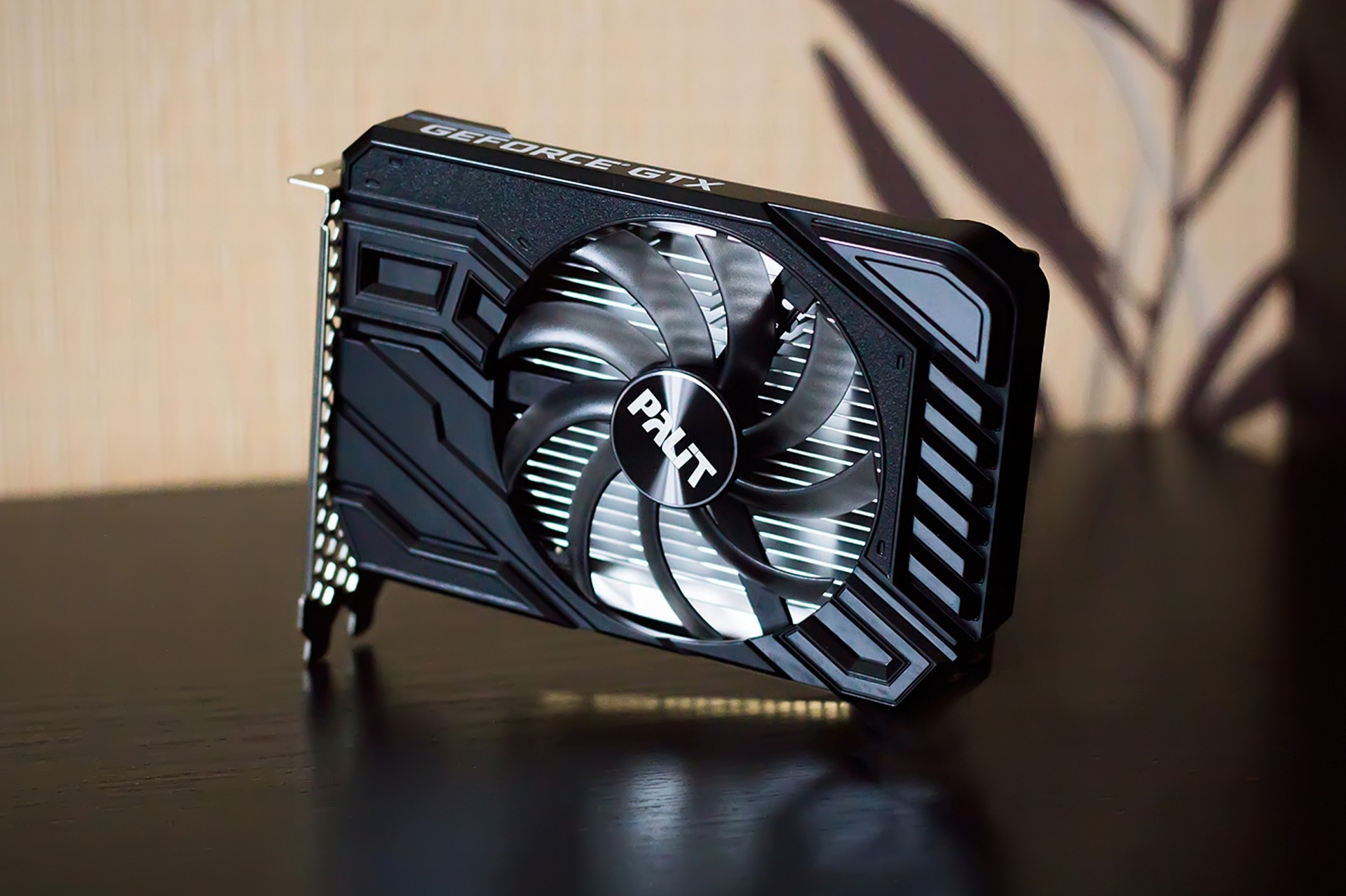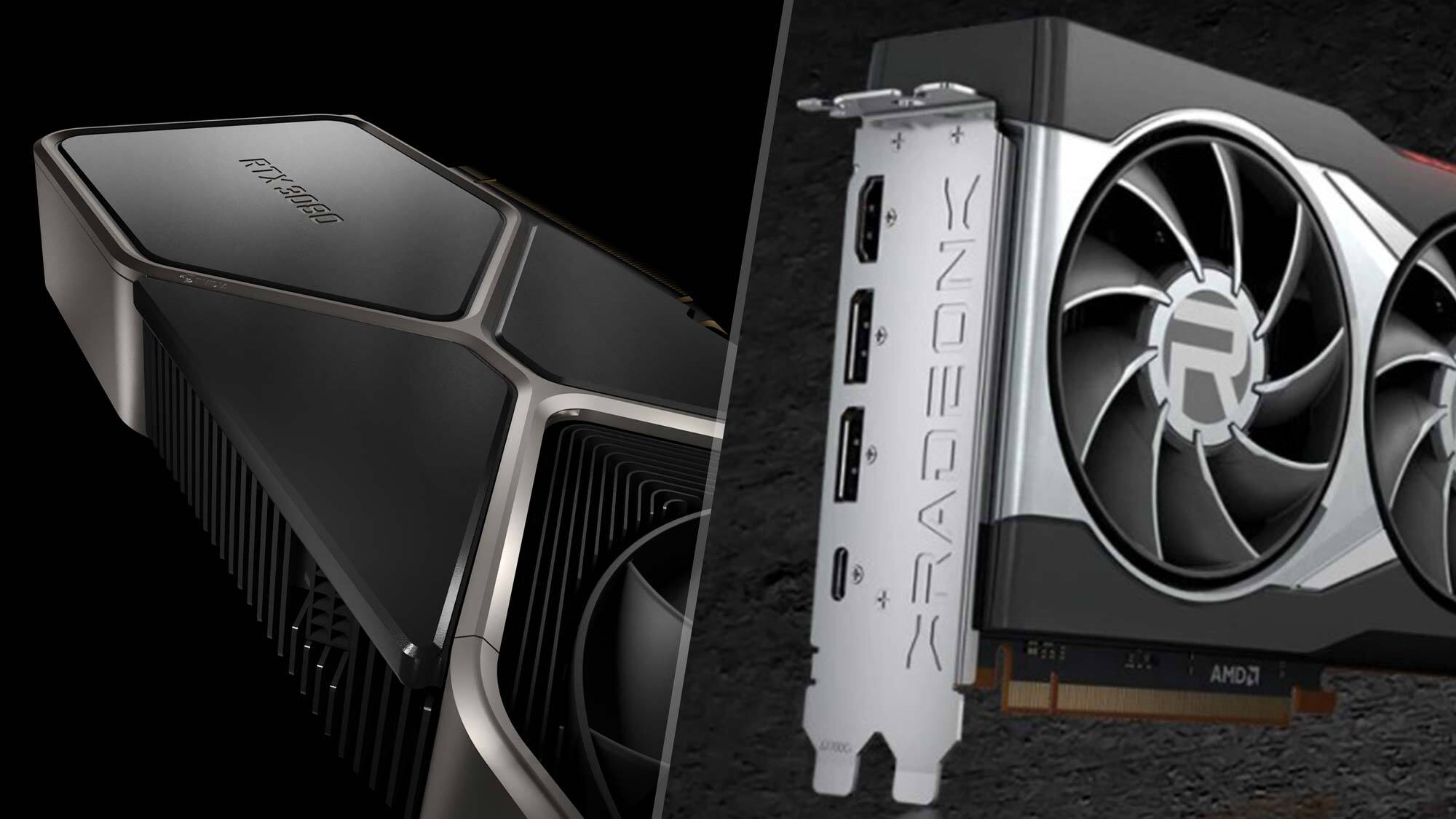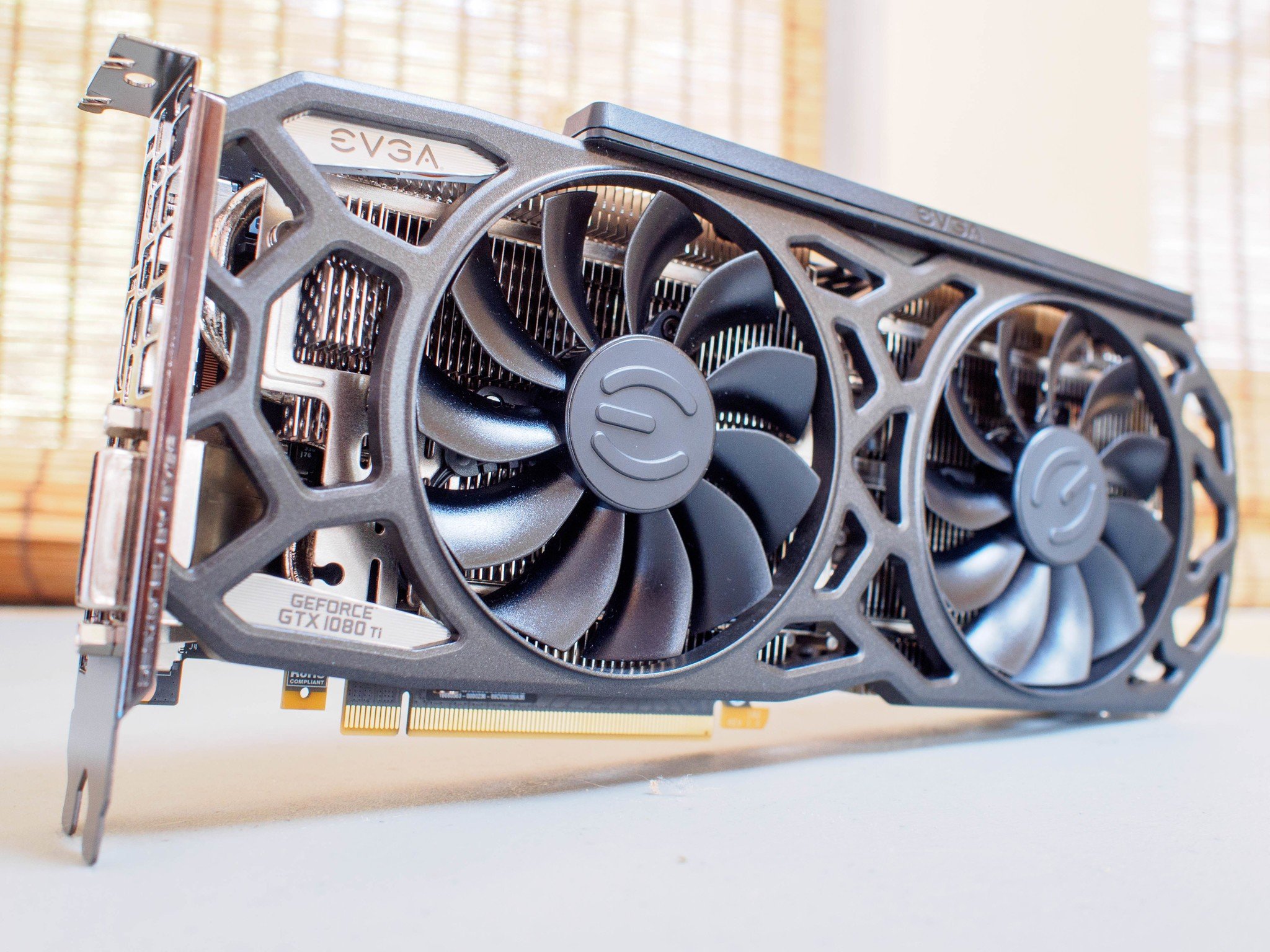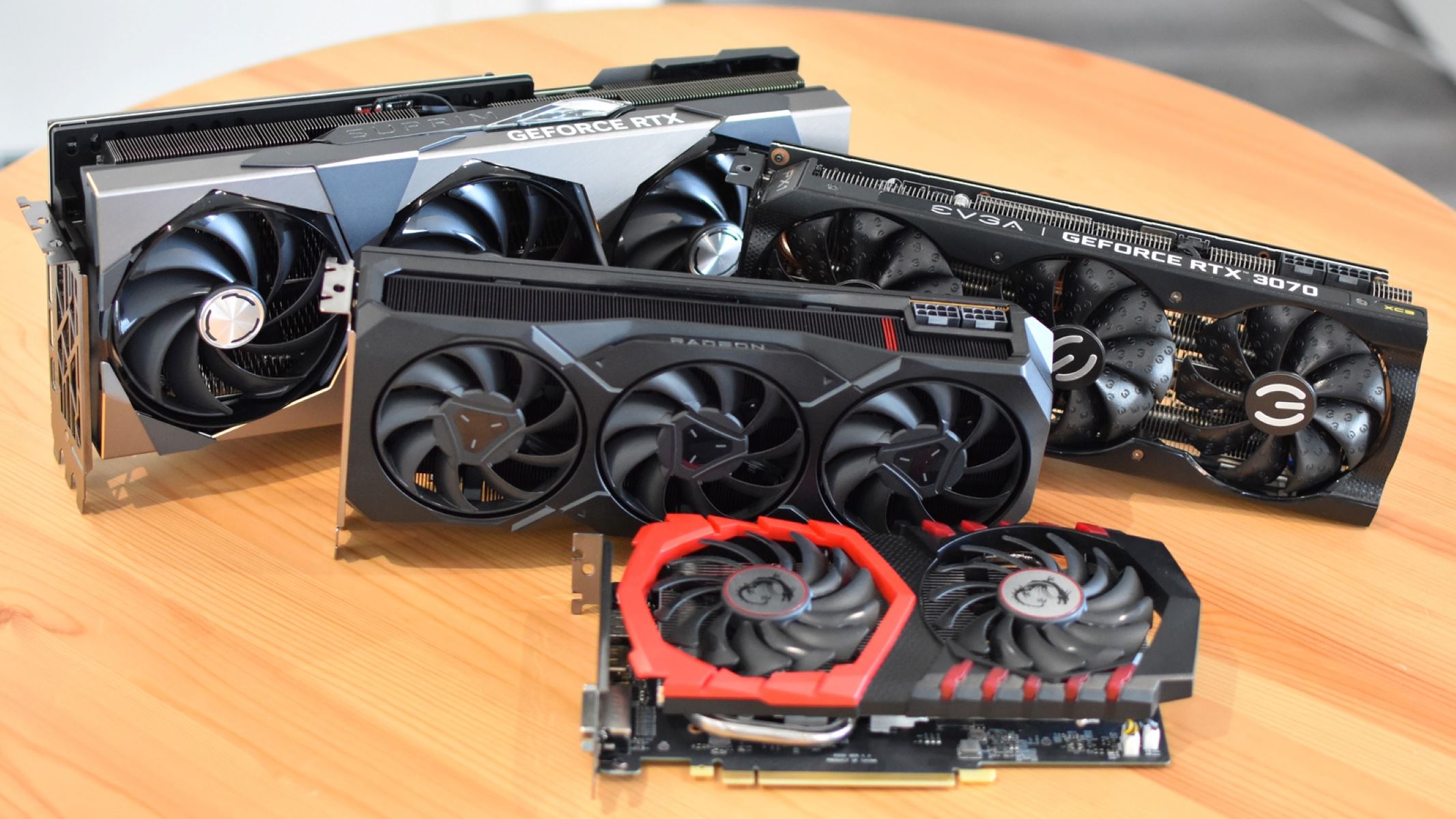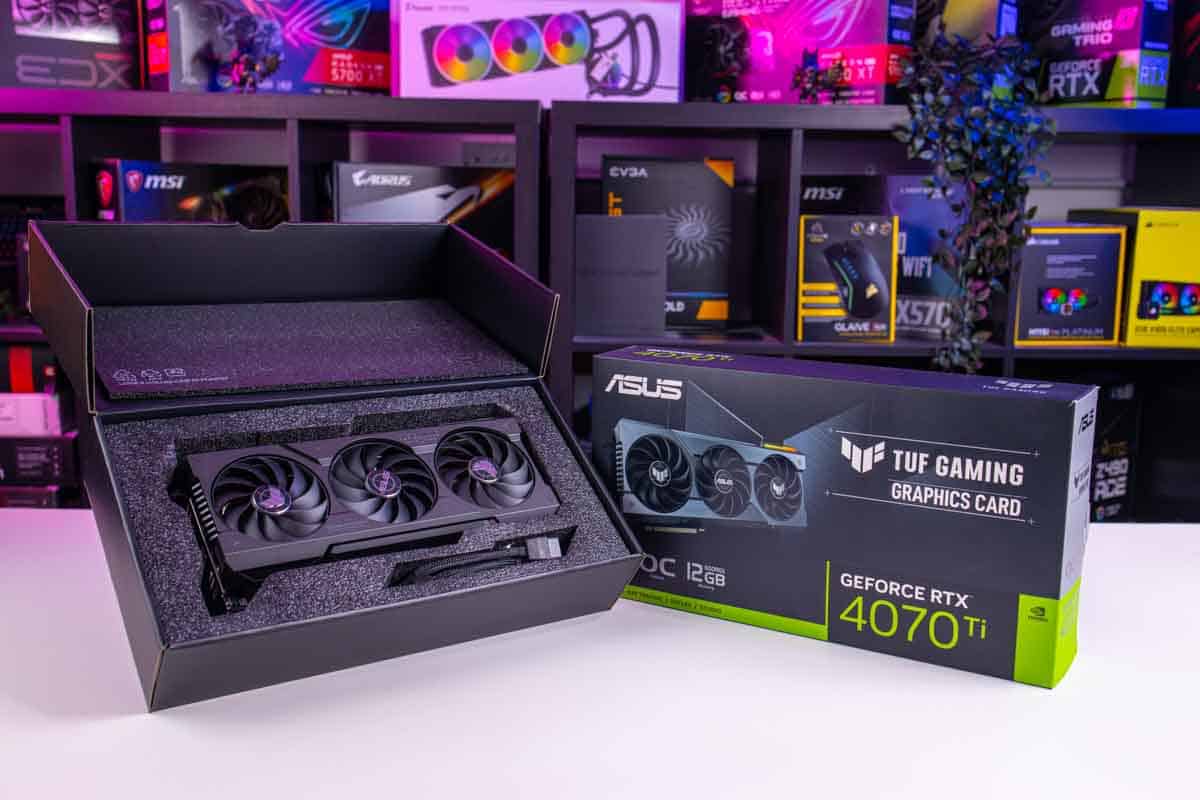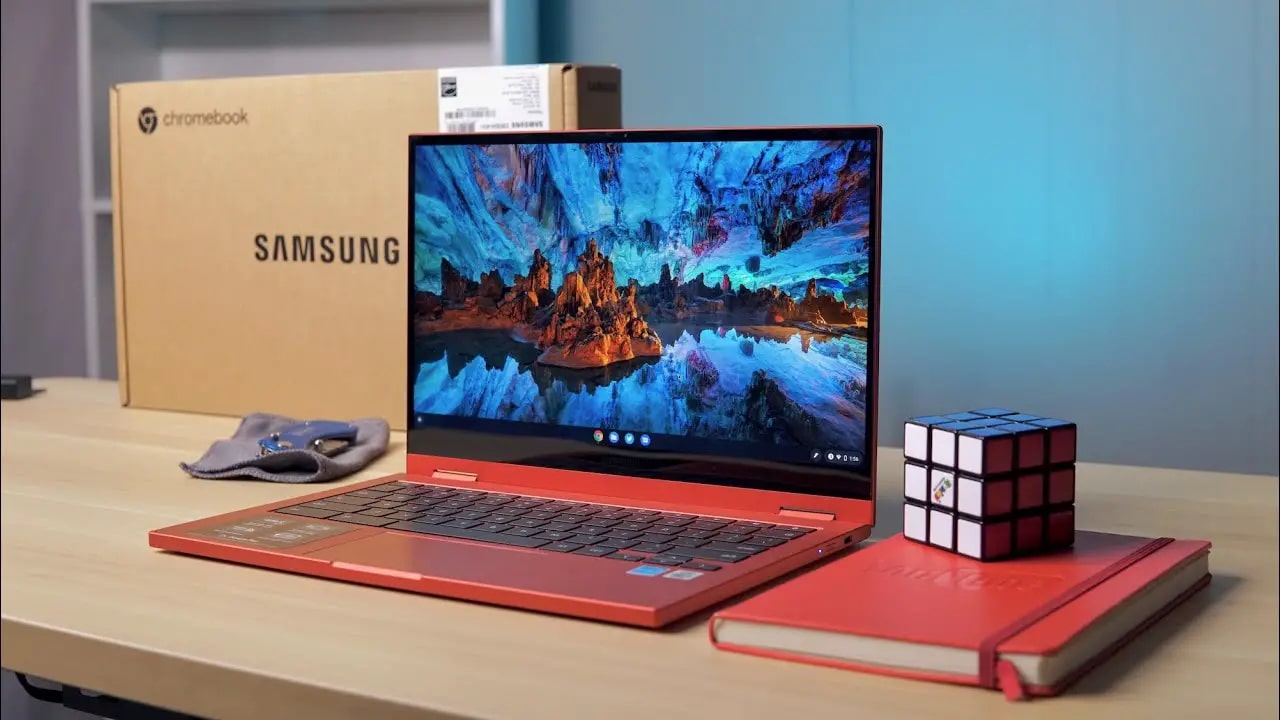Introduction
When it comes to enhancing the graphics capabilities of your computer, the choice of a high-quality graphics card is essential. A graphics card is responsible for rendering images, videos, and games, providing a smooth and immersive visual experience. When it comes to graphics cards, two major players dominate the market: AMD and Nvidia.
Both AMD and Nvidia offer a wide range of graphics cards, each with their own strengths and weaknesses. Choosing between the two can be a daunting task, as it requires an understanding of various factors such as performance, pricing, power efficiency, driver support, gaming features, and compatibility.
This article aims to guide you through the decision-making process by providing an in-depth comparison of AMD and Nvidia graphics cards. By understanding the key differences and considerations, you’ll be better equipped to make an informed choice that aligns with your specific needs and budget.
Whether you’re a casual gamer, a creative professional, or an avid video editor, the graphics card you choose can have a significant impact on the performance and visual quality of your computer. Investing in the right graphics card can unlock a world of possibilities, allowing you to enjoy cutting-edge games, create stunning visual content, and seamlessly run graphics-intensive applications.
Without further ado, let’s dive into the details and explore the factors you should consider when choosing between AMD and Nvidia graphics cards.
What to Consider When Choosing a Graphics Card
Before delving into the comparison between AMD and Nvidia graphics cards, it’s important to understand the key factors you should consider when making your decision. By evaluating these factors, you can ensure that the graphics card you choose meets your specific requirements and provides optimal performance.
1. Performance: One of the primary considerations when choosing a graphics card is its performance capabilities. This includes factors such as the number of processing cores, clock speed, memory capacity, and memory bandwidth. It’s important to determine the level of performance you need, whether you’re a casual gamer, a content creator, or a professional in a graphics-intensive field.
2. Compatibility: Compatibility is another crucial aspect to consider. Ensure that the graphics card you choose is compatible with your computer’s operating system and hardware specifications, including the available expansion slots and power supply requirements.
3. Budget: Your budget plays a significant role in determining the graphics card you can afford. Set a realistic budget and look for options that offer the best value for money within your price range. Consider the performance-to-price ratio and compare different models to make an informed decision.
4. Power Efficiency: Graphics cards can consume a substantial amount of power, which affects your overall system’s energy consumption and heat output. Look for graphics cards that offer efficient power consumption without compromising on performance. This will not only reduce your electricity bill but also keep your system cooler and quieter.
5. Cooling and Noise: Graphics cards generate heat during operation, so it’s important to choose a model that has an efficient cooling system. Look for cards with high-quality fans or advanced cooling technologies like liquid cooling. Additionally, consider the noise levels produced by the card, especially if you prefer a quieter working or gaming environment.
6. Future-Proofing: If you want your graphics card to remain relevant and capable of handling future software advancements, it’s essential to consider its ability to support the latest technologies. Look for features like support for ray tracing, virtual reality, and high-resolution displays, as well as the card’s future driver support.
7. Warranty and Support: Ensure that the graphics card you choose comes with a solid warranty and reliable customer support. This will provide peace of mind and protection against any potential issues or defects that may arise with the card.
By carefully considering these factors, you can narrow down your options and find the graphics card that best suits your needs and preferences. Now, let’s move on to understanding the differences between AMD and Nvidia graphics cards in more detail.
Understanding AMD and Nvidia Graphics Cards
Before we delve into the comparison between AMD and Nvidia graphics cards, let’s take a moment to understand the two major manufacturers and their respective offerings.
AMD: Advanced Micro Devices (AMD) is renowned for producing powerful and cost-effective graphics cards. Their Radeon series is highly regarded for its excellent performance in gaming and multimedia applications. AMD’s graphics cards often prioritize value for money, making them a popular choice among budget-conscious users.
AMD graphics cards are known for their exceptional multi-threading capabilities and support for technologies such as AMD FreeSync, which syncs the frame rate of the graphics card with the display, resulting in smoother gameplay. AMD also places a strong emphasis on open-source technologies, which encourages community involvement and development.
Nvidia: Nvidia is another major player in the graphics card market, known for producing high-performance cards catered towards gamers and professionals. Their GeForce series is synonymous with top-tier gaming performance and features like Nvidia DLSS (Deep Learning Super Sampling) and ray tracing.
Nvidia graphics cards often lead the market in terms of raw performance and advanced features. They boast excellent driver support and optimization, ensuring that their cards are compatible with the latest games and software. Nvidia also focuses on developing cutting-edge technologies like Nvidia Reflex, which reduces input lag for a more responsive gaming experience.
Now that we have a basic understanding of AMD and Nvidia, let’s move on to comparing their performance, pricing, power efficiency, driver support, gaming features, and compatibility.
Performance Comparison: AMD vs Nvidia
When it comes to graphics card performance, both AMD and Nvidia have their strengths and weaknesses. It’s important to consider your specific needs and use cases when evaluating performance benchmarks and choosing between the two.
Gaming Performance: Nvidia has historically been perceived as the leader in gaming performance, with their GeForce graphics cards delivering exceptional frame rates and smooth gameplay. Nvidia’s higher-end cards, such as the RTX series, incorporate advanced features like ray tracing and DLSS, which enhance visual fidelity and image quality.
However, AMD has made significant strides in recent years, with their Radeon graphics cards closing the gap in terms of gaming performance. The latest AMD RDNA and RDNA 2 architectures bring competitive gaming performance to the table, offering strong performance in AAA titles and high-resolution gaming.
Workstation Performance: Nvidia graphics cards are widely known for their superiority in professional applications, such as video editing, 3D rendering, and CAD work. With dedicated drivers and optimizations for professional software, Nvidia’s Quadro and RTX cards provide excellent performance and stability in these workloads.
On the other hand, AMD’s Radeon Pro graphics cards have made significant strides in improving their workstation performance. The latest Radeon Pro GPUs provide a compelling alternative for professional users, delivering solid performance and compatibility with professional software suites.
Power and Thermal Efficiency: Efficiency is a crucial consideration, especially for those conscious of power consumption and heat output. Nvidia has traditionally excelled in power efficiency, offering graphics cards that consume less power and produce less heat compared to their AMD counterparts. This makes Nvidia cards a popular choice for small form factor systems and builds with limited cooling options.
However, AMD has made significant strides in improving power efficiency with their latest GPU architectures. The RDNA 2-based Radeon cards demonstrate competitive efficiency, ensuring a balance between performance and power consumption.
It should be noted that graphics card performance can also be influenced by other factors, such as the specific game or software being used, driver optimizations, and system bottlenecks. It’s always advisable to check performance benchmarks and reviews tailored to your usage scenario to get a more accurate understanding of how a specific graphics card performs in the applications you plan to use.
Now that we have explored the performance comparison between AMD and Nvidia graphics cards, let’s move on to the next aspect: pricing and value for money.
Pricing and Value for Money
When it comes to purchasing a graphics card, pricing is a major factor that influences the decision-making process. Both AMD and Nvidia offer graphics cards at various price points, catering to different budgets and requirements.
Nvidia: Nvidia graphics cards are often perceived as being on the higher end of the price spectrum. Their high-performance offerings, such as the flagship RTX series, can come with a premium price tag. These cards incorporate cutting-edge technologies like ray tracing and DLSS, which contribute to their higher cost.
However, Nvidia also offers a range of more budget-friendly options, such as the GTX series, which provides solid gaming performance at a more affordable price point. The availability of different models and variations allows users to choose a card that strikes a balance between price and performance.
AMD: AMD graphics cards, on the other hand, are often perceived as offering a better value for money proposition. AMD focuses on providing competitive performance at more accessible price points. Their Radeon series offers options that deliver solid gaming performance without breaking the bank.
AMD’s strategy of offering more affordable graphics cards has made them a popular choice among budget-conscious users. This allows users to allocate more of their budget towards other components, such as processors or storage, without sacrificing significant performance in gaming or multimedia applications.
It’s worth noting that pricing and value for money can vary depending on the specific model and its features. It’s always advisable to compare prices across different retailers and consider user reviews and professional benchmarks to get a comprehensive understanding of a graphics card’s value proposition.
Ultimately, the pricing and value for money aspect is subjective and dependent on your specific budget and requirements. It’s important to strike a balance between performance, features, and your budget to find the graphics card that offers the best value for your needs.
Now that we’ve explored pricing and value for money, let’s move on to the next aspect: power efficiency.
Power Efficiency
Power efficiency is an important consideration when choosing a graphics card, as it impacts both energy consumption and heat dissipation. Graphics cards with higher power efficiency not only reduce electricity costs but also contribute to a cooler and quieter system overall.
Nvidia: Nvidia has long been praised for its focus on power efficiency in their graphics cards. Their GPUs are known for their low power consumption, making them an excellent choice for users concerned about energy usage or those building compact systems with limited cooling capabilities.
Nvidia achieves this power efficiency through various technologies and optimizations. Their Pascal and Turing architectures, for example, use advanced manufacturing processes and power management techniques to deliver high-performance graphics while keeping power consumption in check.
AMD: AMD has made significant progress in improving power efficiency with their latest GPU architectures. While AMD historically consumed more power compared to Nvidia, their RDNA and RDNA 2-based cards have closed the gap and now offer competitive power efficiency.
AMD focuses on optimizing performance-per-watt ratio, allowing users to enjoy a balance of power and efficiency. With features like Radeon Chill, which dynamically adjusts frame rates to conserve power during less demanding tasks, AMD graphics cards offer power savings without sacrificing performance when it’s needed.
It is important to note that power efficiency can vary between individual graphics card models, even within the same brand. Higher-performance cards tend to consume more power due to their increased processing capabilities. It’s crucial to consider your specific requirements and power constraints when choosing a graphics card.
Benchmark tests and user reviews can provide insights into power consumption and efficiency. These benchmarks measure power draw under different workloads and can help you make an informed decision based on your priorities.
Overall, both Nvidia and AMD offer power-efficient options to cater to various needs and preferences. Consider your power requirements, available cooling capabilities, and desired performance levels when choosing a graphics card based on power efficiency.
Now that we have explored the power efficiency aspect, let’s move on to the next consideration: driver support and software.
Driver Support and Software
Driver support and software play a crucial role in the overall performance and user experience of a graphics card. Both AMD and Nvidia prioritize providing robust driver support and software features to ensure compatibility, stability, and optimal performance.
Nvidia: Nvidia is widely recognized for its excellent driver support and optimization efforts. They release regular driver updates, which include performance enhancements and bug fixes, ensuring compatibility with the latest games and software. Nvidia’s drivers often receive timely updates and optimizations, which can lead to better overall performance and a smoother user experience.
In addition to driver support, Nvidia offers a suite of software tools and features, such as GeForce Experience. This software provides easy access to game optimization settings, driver updates, and game streaming capabilities. Nvidia’s software ecosystem enhances the user experience, allowing gamers to customize settings and optimize performance without the need for manual configuration.
AMD: AMD has also made significant strides in driver support and software development. With their Radeon Software suite, AMD provides a range of features and tools to enhance the user experience. AMD’s drivers receive regular updates, addressing compatibility issues, improving performance, and adding new features.
Radeon Software offers features like Radeon Software Adrenalin, which provides a user-friendly interface for optimizing game settings, capturing gameplay footage, and streaming. AMD’s software ecosystem is continually evolving and improving, offering users a more seamless and intuitive experience.
Both Nvidia and AMD have dedicated support teams and resources available for troubleshooting and addressing user concerns. However, it is important to note that individual experiences may vary depending on the specific graphics card model, software version, and user setup.
Before making a decision, it’s advisable to check user reviews, forums, and professional reviews to gauge the general consensus regarding driver support and software stability from both manufacturers. This can provide valuable insights into reliability, compatibility, and overall user satisfaction.
Now that we have explored the importance of driver support and software features, let’s move on to the next consideration: gaming features and technologies.
Gaming Features and Technologies
When it comes to gaming, both AMD and Nvidia offer a range of features and technologies that aim to enhance the gaming experience. These features go beyond raw performance and can greatly impact visuals, responsiveness, and immersion in games.
Nvidia: Nvidia is known for its cutting-edge gaming features and technologies. One of the standout features is ray tracing, which simulates the behavior of light in real-time, resulting in more realistic lighting and reflections in games. Nvidia’s RTX series of graphics cards are optimized to take full advantage of ray tracing capabilities, providing a more visually stunning and immersive gaming experience.
In addition to ray tracing, Nvidia also offers DLSS (Deep Learning Super Sampling), a technology that uses artificial intelligence to upscale lower-resolution images in real-time, resulting in improved image quality without a significant performance hit. DLSS can boost frame rates without sacrificing visual fidelity, allowing gamers to enjoy smoother gameplay at higher resolutions.
AMD: AMD has also made strides in gaming features and technologies. AMD offers support for AMD FreeSync, a technology that synchronizes the refresh rate of the display with the output of the graphics card. This eliminates screen tearing and provides a smoother gaming experience, particularly for gamers with FreeSync-compatible monitors.
AMD also focuses on optimizing performance in popular game titles through their Radeon Adrenalin software. This software suite provides features like Radeon Anti-Lag, which reduces input lag for more responsive gameplay, and Radeon Boost, which dynamically adjusts resolution and rendering to maintain higher frame rates during intense gaming moments.
Both AMD and Nvidia regularly introduce new features and technologies to enhance gaming experiences. It’s important to check game compatibility and reviews to understand how these features perform in specific games and whether they align with your gaming preferences.
Ultimately, the choice between AMD and Nvidia in terms of gaming features and technologies may come down to personal preference and the specific games you play. Factors such as game optimization, driver support, and community support for specific features should be taken into account when making your decision.
Now that we have explored gaming features and technologies, let’s move on to the next consideration: compatibility and cross-platform support.
Compatibility and Cross-Platform Support
Compatibility and cross-platform support are important considerations when choosing a graphics card, as they can affect the seamless integration of your system and usability across different platforms.
Compatibility: Graphics card compatibility involves ensuring that the card is compatible with your system’s specifications, including the motherboard, power supply, and available expansion slots. Both AMD and Nvidia offer a wide range of graphics card options that cater to different form factors and system requirements.
It’s important to check the available expansion slots on your motherboard, such as PCIe x16, to ensure compatibility with the graphics card you plan to purchase. Additionally, consider the power supply requirements of the card to ensure that your system can provide sufficient power.
Cross-Platform Support: Cross-platform support refers to the ability of a graphics card to work seamlessly across different operating systems and platforms. Both AMD and Nvidia graphics cards are compatible with major operating systems, including Windows and Linux. However, it’s advisable to check for official driver support and compatibility for the specific operating system you plan to use.
When considering cross-platform support, it’s also essential to consider compatibility with other hardware components, such as monitors and peripherals. Ensure that the graphics card you choose supports the necessary display connections, such as HDMI, DisplayPort, or DVI, depending on your monitor’s input options.
It’s worth noting that certain features and technologies, such as ray tracing or specific software optimizations, may have different levels of support and performance depending on the operating system and game compatibility. Checking community forums, official documentation, and user reviews can provide insights into the cross-platform support of a graphics card.
Additionally, consider the compatibility and support for other software and applications you plan to use with the graphics card. This includes video editing software, 3D rendering applications, and streaming software. Ensuring that the graphics card has dedicated drivers and optimizations for these applications can result in better performance and stability.
Considering compatibility and cross-platform support ensures a seamless integration of the graphics card into your system and enables smooth usability across different platforms and software. These considerations help ensure that your investment in a graphics card will provide a hassle-free experience.
Now that we have explored compatibility and cross-platform support, let’s conclude our discussion by summarizing the key points we have discussed throughout the article.
Conclusion
Choosing the right graphics card is a crucial decision that can greatly impact the overall performance and visual experience of your computer. When comparing AMD and Nvidia graphics cards, it’s important to consider several factors to make an informed decision.
Both AMD and Nvidia offer a wide range of graphics cards tailored to different budgets, performance needs, and use cases. Understanding your specific requirements, such as gaming performance, power efficiency, compatibility, and software support, is key to selecting the best graphics card.
In terms of performance, Nvidia has traditionally held the lead in gaming performance, while AMD has made significant strides to close the gap with their Radeon graphics cards. Workstation performance is also an important consideration, with both AMD and Nvidia offering dedicated solutions for professionals.
Pricing and value for money differ between the two manufacturers, with Nvidia cards often commanding a premium, while AMD provides more budget-friendly options without sacrificing performance.
Power efficiency is another crucial aspect to consider, as it can impact energy consumption and system temperatures. Both Nvidia and AMD have made efforts to improve power efficiency in their graphics cards, although Nvidia holds an edge in this area.
Driver support and software play a vital role in optimizing performance and user experience. Both manufacturers prioritize driver updates and provide software suites to enhance customization and stability.
Gaming features and technologies are an essential consideration for gamers, with Nvidia leading in ray tracing and DLSS, while AMD focuses on features like FreeSync and software optimizations.
Compatibility and cross-platform support ensure a seamless integration of the graphics card into your system and enable smooth usability across different platforms and software.
In conclusion, selecting a graphics card requires careful consideration of performance, pricing, power efficiency, driver support, gaming features, and compatibility. By evaluating these factors and understanding your specific needs, you’ll be able to make an informed decision that best aligns with your requirements and budget. Whether you choose an AMD or Nvidia graphics card, both manufacturers offer quality options for enhancing your computer’s graphics capabilities and providing an immersive visual experience.







